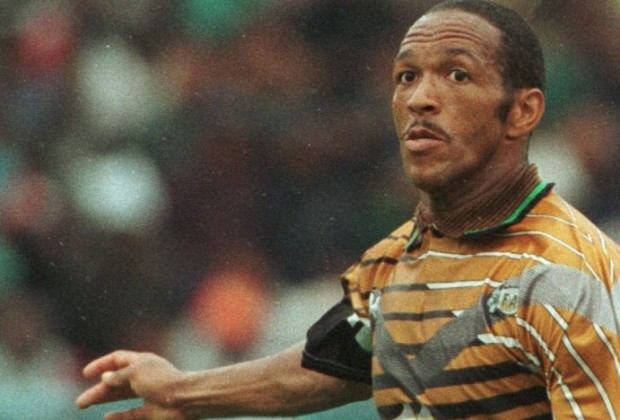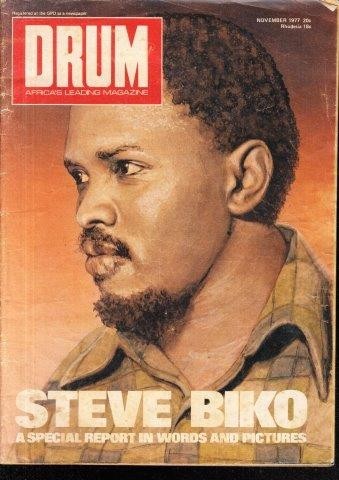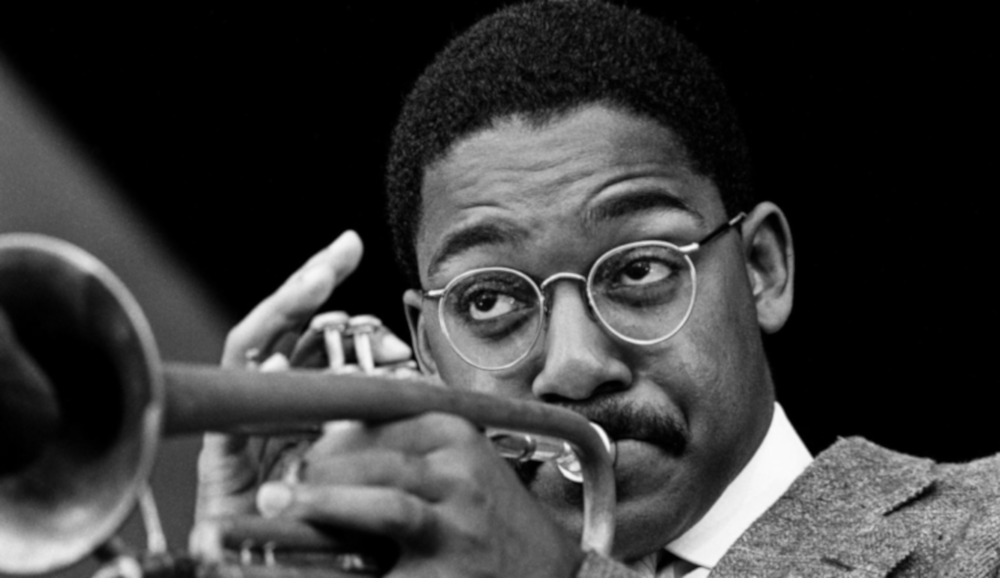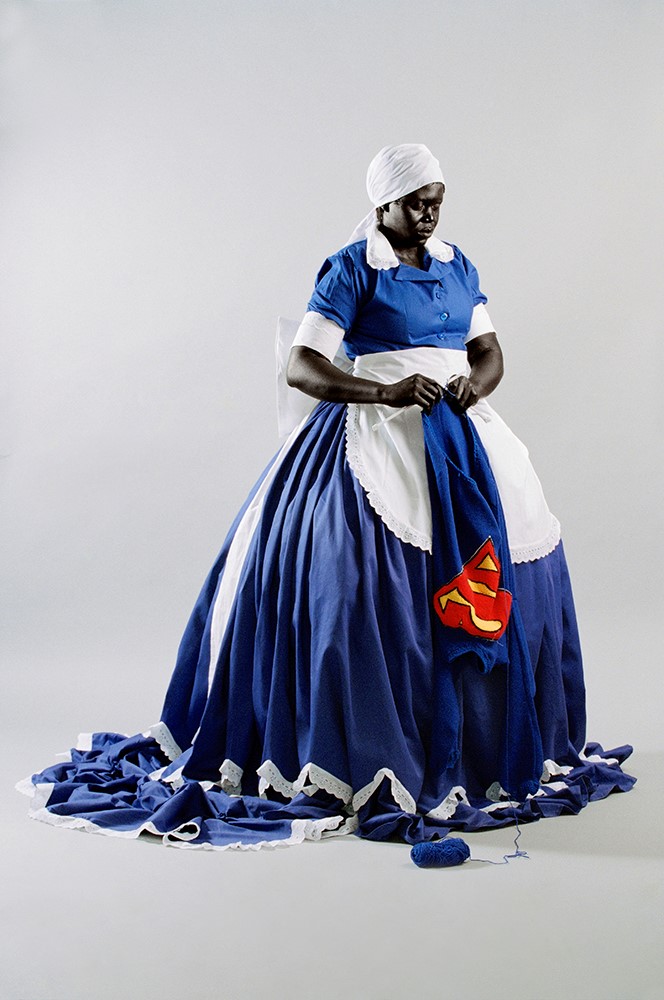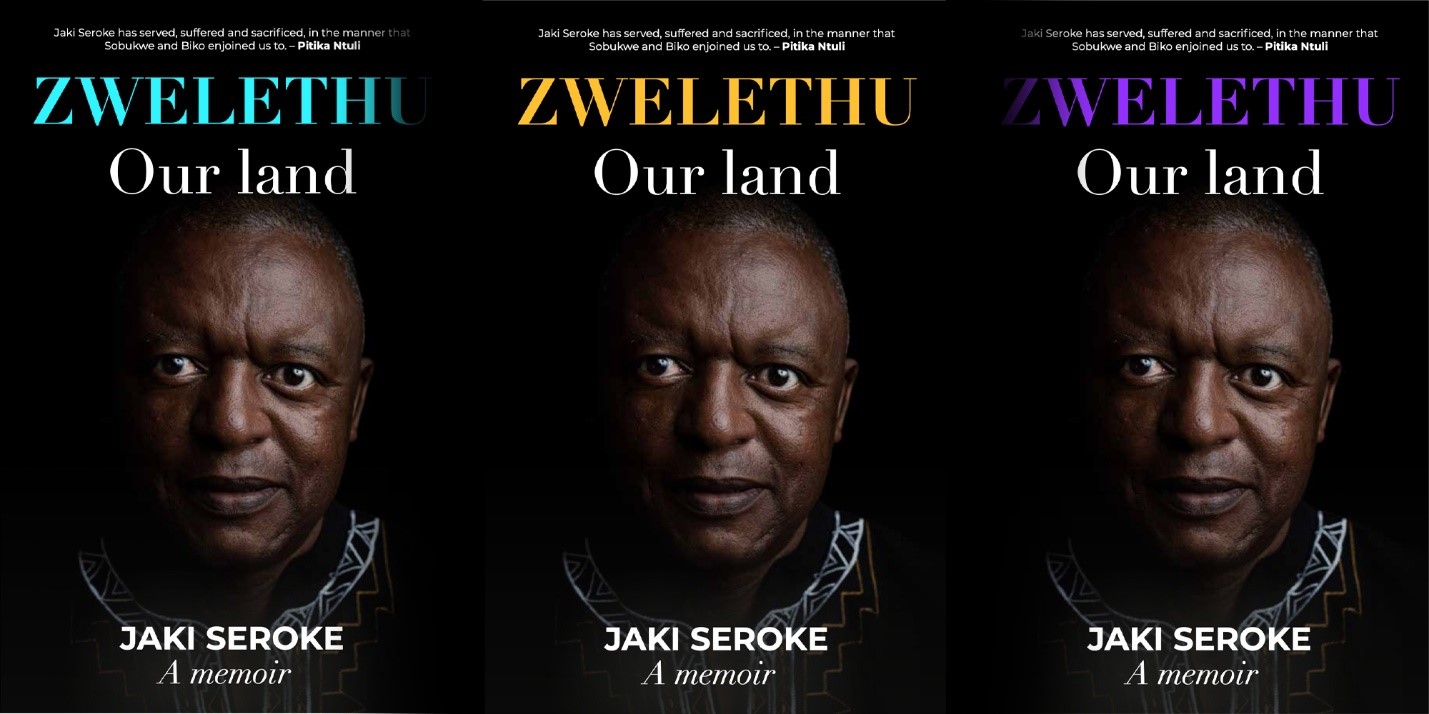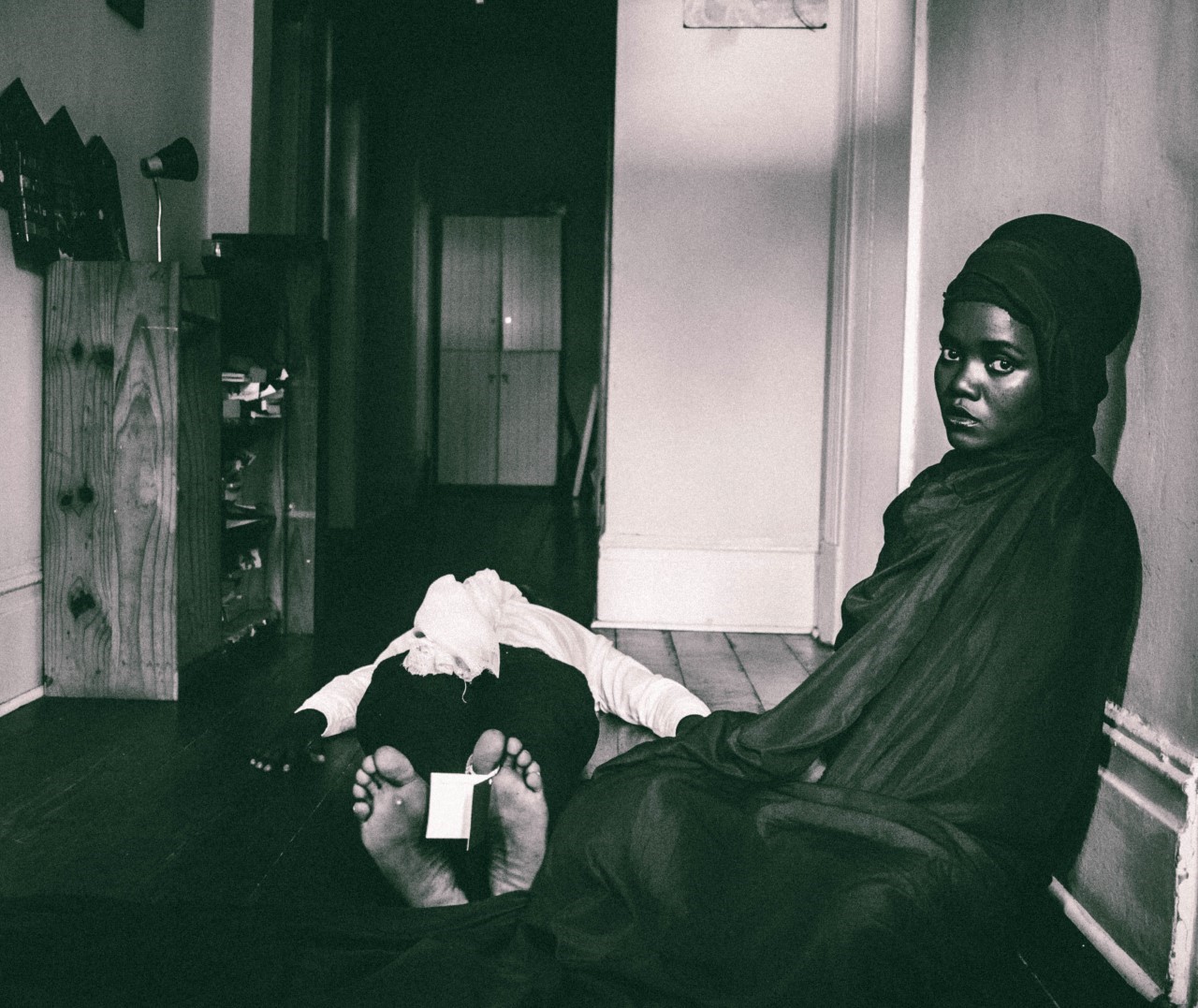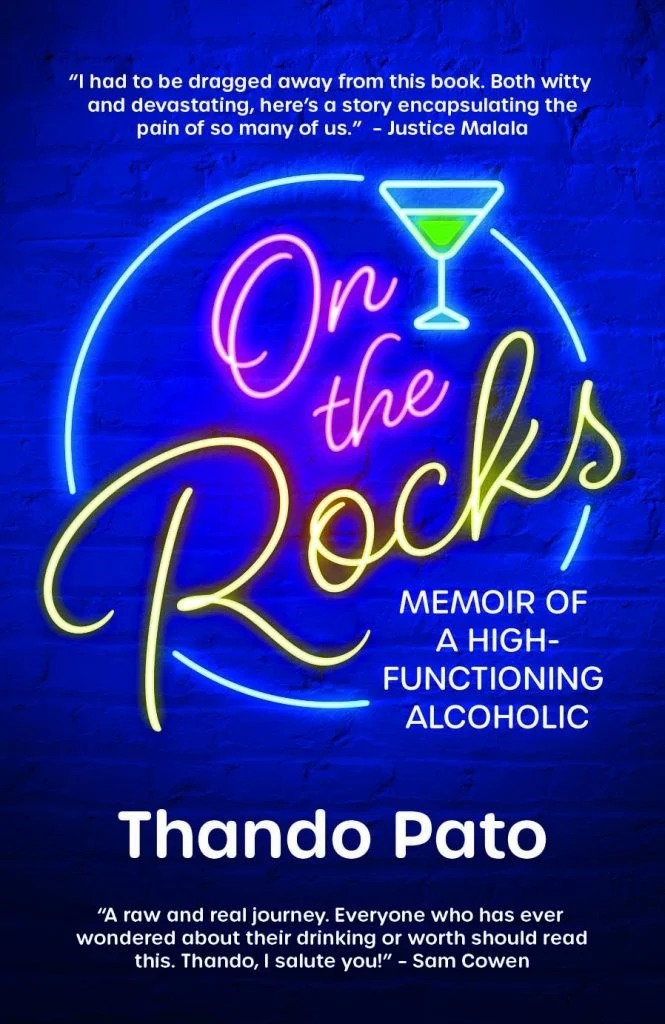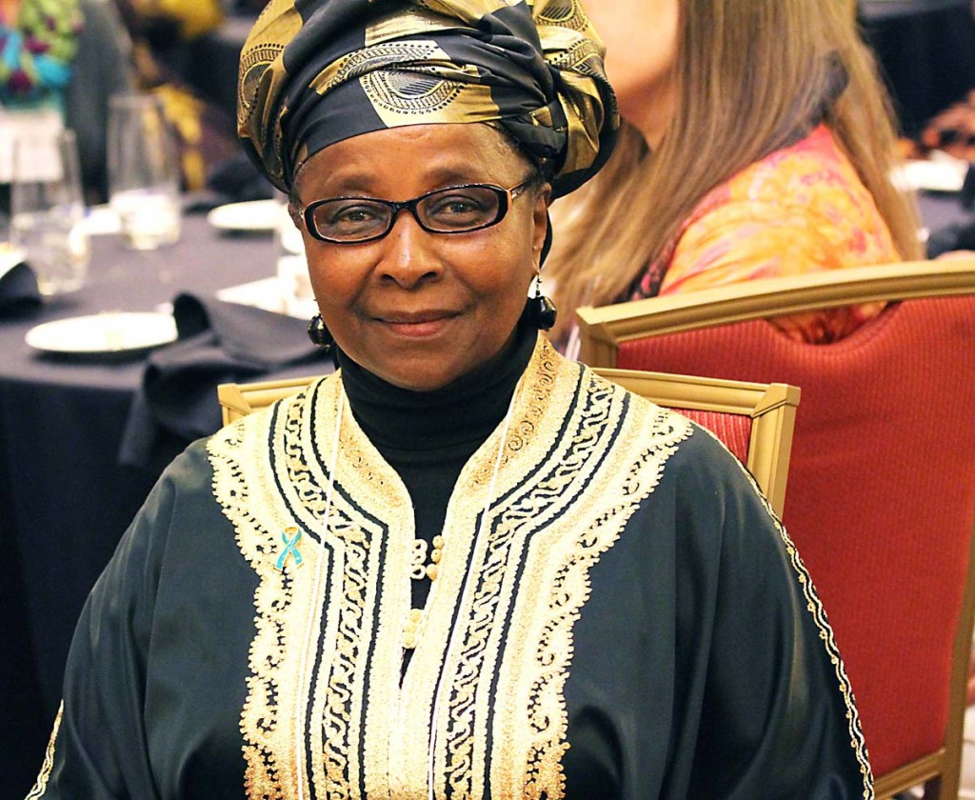A somewhat sparse yet upmarket crowd gracefully congregated, at the enthralling premises of The Maslow Hotel in Sandton, on the 1st of September 2021, to attend the book launch of former Bafana Bafana striker Mr. Mark Williams’s autobiography, provocatively entitled From Gangster to Soccer Legend (2021). Besides the expected attendance of Mr. Mark Williams and his close knit family, which comprised of his one year old daughter, his wife and her mother, other persons who were also in attendance at this book launch, are also worth a mention. From the cohort of fellow soccer players, the list includes Mr. Williams’s former South African national teammates, namely Mr. Thurston Sean Bartlett (a former striker and current assistant manager at TS Galaxy), Mr. Theophilus Doctorson Khumalo popularly known as simply Dr. Khumalo (former midfielder maestro and current member of the technical staff at Kaizer Chiefs Football Club), Mr. Jimmy Tau (former Pirates and Kaizer Chiefs defender and current soccer analyst) and Dikgang ‘Terminator’ Mabalane (former Cosmos, Pirates and Moroka Swallows player). Beyond the aforesaid players, other notable figures included Glyn Binkin (an erstwhile soccer agent), Mr. Robert Marawa (Sport Journalist) and Mr. Douglas Ramaphosa (Chairman of Mnotho Consulting).
Mr. Douglas Ramaphosa informed the audience, that as Mnotho Publishers, they are very proud to present Mr. Williams’s life-story, as one of South Africa’s living soccer legends. It was clarified by Mr. Ramaphosa, that this first autobiography, ought to be placed on record as a kick-starter to imminent commemorations by Mnotho Publishers, of as many members that comprised the Bafana Bafana squad, who were triumphant in lifting the African Cup of Nations (AFCON), on home soil in 1996. The public must thus watch this space, for which player will be featured next. A detailed technical review of this book, will be left to others however my impression of the book, is that it can be classified, as a coffee book, in contrast to any academic inclined texts. The former can be supported, from the easily accessible colloquial narrative style and selected use of footnotes or endnotes, which sets it apart from scholarly autobiographies or biographies. In contrast the latter would amid others have tediously didactic footnotes, a detailed index and a bibliography. The effort made of uploading available pictures, for readers to visualize the various sites, at the end of each chapter, further supports my categorizing of this book, as a coffee book.
The gist of what is entailed in Mr. Mark Williams’s autobiography, which is divided into nine chapters, is aptly addressed right from the onset. In the Preface section of this autobiography on page 6, Mr. Williams sums up this book as follows, “I have captured my story from my humble beginnings all the way up to the two goals I scored against Tunisia in the AFCON ’96 finals that helped Bafana Bafana bring the cup home, 25 years ago”. It did not escape me that among the grave omissions in this book, was the absence of Mr. Mark Williams’s year of birth, from his poverty stricken birthplace of Rondvlei, which he explains in page 11 of the book, is nicknamed kak yard in Western Cape. For the record, the other grave omission is the absence of any details about his love life. With that being said, the aforesaid opening words by Mr. Williams, are articulated differently, by the iconic South African soccer legend Dr. Jomo Sono. Indeed Dr. Sono on the first page of this book’s foreword section articulates that “This book is about Mark Williams and his progression through his career, from having started in Cape Town, playing at certain clubs-both domestic and international-and then ending with him having scored those two amazing goals for Bafana Bafana against Tunisia in…AFCON ’96 finals”. For all those curious to know, Dr. Sono’s acquaintance and professional relationship with Mr. Williams is addressed at the end of Chapter Six titled Playing for Hellenic FC (specifically from page 99) and is continued into Chapter Seven, which is aptly entitled Entering The Big Leagues. The details articulated by Mr. Williams in the latter pages, may help prospective readers, to understand why it means so much to Mr. Williams, for Dr. Sono to have accepted to provide the foreword, for his autobiography.
Overall as may be expected from an autobiography, Mr. Williams as the author of his life-story, typically employs a narrative style, which manifests the privilege of hindsight, which draws from his ontologically informed outlook, about various phases. The latter encompassed both the bad and good. The perceived bad ranged from his mischievous behavior, which included notoriety while in gang life and dropping out of school and the perceived good included overcoming mistakes and learning to be a team player in the game of life. The significance of the latter, is that it certainly influenced Mr. Williams’s fragmentary worldview or weltanschauung. A significant highlight for prospective readers of this book, is that they can look forward, to discovering numerous obscure details about Mr. Mark Williams, which have mostly been unknown to the South African public.

